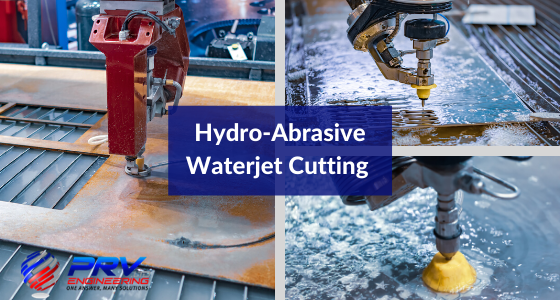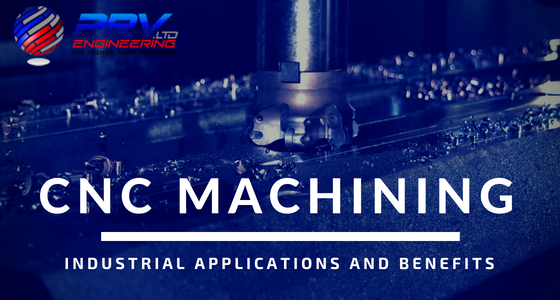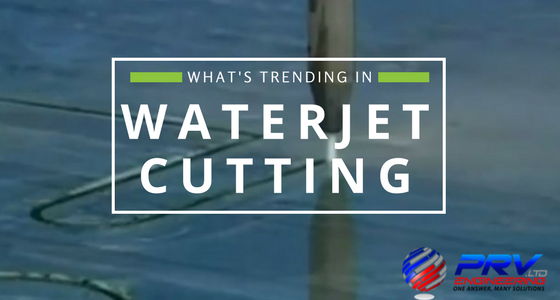Waterjet cutting has revolutionised the manufacturing industry, offering a myriad of advantages over traditional cutting methods. Among them, hydro-abrasive waterjet cutting stands out as a superior choice for a range of materials, including metal, stone, and glass. In this article, we take a look at the intricacies of this advanced technique, shedding light on its principles, advantages, applications, and comparisons with other cutting methods.
How Hydro-Abrasive Waterjet Cutting Compares to Traditional Methods
Hydro-abrasive waterjet cutting is a precision cutting technique that uses a high-pressure stream of water mixed with an abrasive substance to cut through materials. It is a versatile process that can be used to cut a wide range of materials, including metals, composites, glass, stone, and ceramics. In this article, we explore the advantages of this advanced process and some of its applications across various sectors.
All materials can be cut by the same CNC Waterjet cutting machine, from soft rubber and plastics to the hardest metals and ceramics. This is hugely beneficial for companies who work within several sectors requiring different materials for various applications.
It offers customers a unique combination of flexibility, simplicity and precision unparalleled in other available technologies today. The small cutting widths and omni-directional cutting mean the machines can cut virtually any material with exceptionally high precision. Waterjet cutting offers extreme accuracy with tight tolerances and is especially suited to composites.
However, as good as waterjet cutting machines are, there are several misconceptions and PRV decided to set the record straight. Fact is, hydro-abrasive waterjet cutting has evolved remarkably and is one of the most effective machining methods today. This article aims at busting 8 common myths and shed some light on the services available at PRV Engineering.
Waterjet cutting is often used during the fabrication process of machine parts. This industrial tool is capable of cutting a wide variety of materials using a very high-pressure jet or stream of water. A mixture of water and an abrasive substance is also used in many applications. The highly versatile cutting method produces much less waste than other forms.
Waterjet cutting is also more environmentally friendly as it doesn’t produce dust, chippings or gas like other cutting methods. Engineering companies are implementing waterjet technology as a cost-effective, complementary machining method to cut parts to near-precise requirements. This greatly helps minimise waste, maximise raw material usage and accelerates overall production.
The evolution of hydro-abrasive waterjet cutting has been remarkable and is one of the most effective methods of machining. There is no heat affected zone (HAZ), the small cutting widths and omni-directional cutting means we can machine virtually any material with high precision and accuracy. As a result, waterjet cutting produces a much-improved product finish with little to no secondary processing needed.
Advanced technology and methods make waterjet cutting far more environmentally friendly. So much so that the dust, chippings or gas produced with other cutting methods do not occur. There is also no need to change tool heads, blades or lubricants for each type of material which means machining time is greatly reduced.
This highly versatile cutting method produces much less waste than other forms of cutting which allows for more diverse design. The ability to cut more intricate designs and patterns offers
We can all agree that there aren’t many products we use in everyday life that does not involve CNC machining. From cars, planes, household machines and appliances to medical parts and toys, all go through a CNC machine at some point during production.
Computer Numerically Controlled or CNC machining has become more versatile then ever. The number of axis has increased and the types of machines now available mean that increasingly smaller and more intricate parts are manufactured using a CNC machine. The development of CNC Machining has truly revolutionised the manufacturing industry.
It’s not just CNC machines making waves, further advances like
Over the past few decades, abrasive waterjet cutting have evolved significantly. From a relatively crude cutting tool in the early 1980’s to a more sophisticated machine tool used in various sectors ranging from aerospace, mining to the food industry. This evolution is mainly due to better material development, more efficient system design, improved control of the waterjet tool and the progression to achieve higher pressure.










Recent Comments